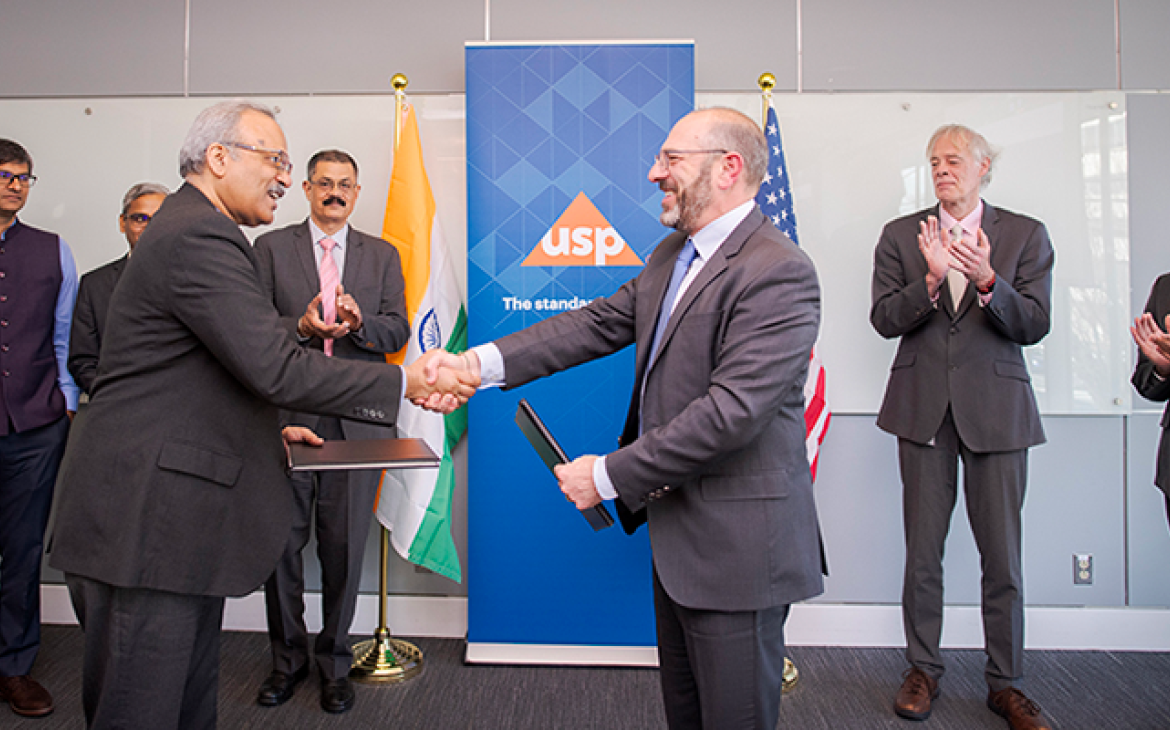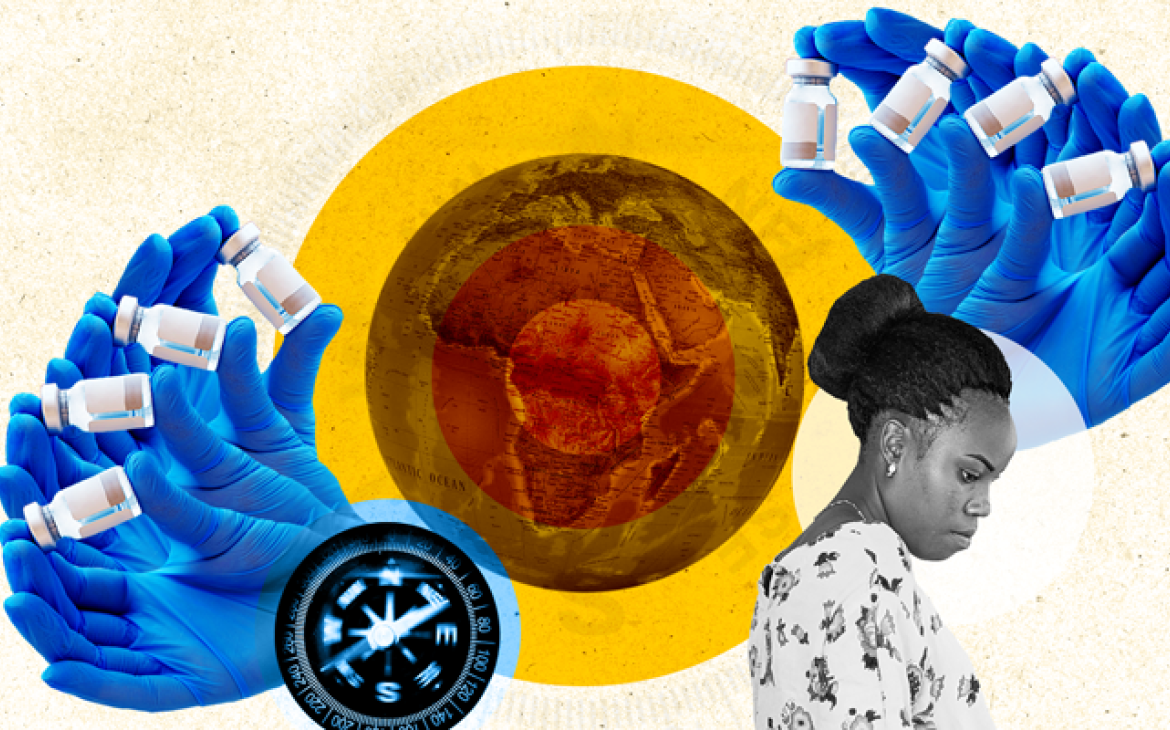
Global health development efforts are finally beginning to pay off in the form of reduced mortality rates and increased longevity.
Since the adoption of the Millennium Development Goals, in particular, the global community has made significant strides to improve access to health care services for disadvantaged communities around the world. As a result, childhood mortality rates have been reduced by more than half, HIV and AIDS is considered a manageable chronic disease, and fewer women die in childbirth each year than ever before.
Many of these advances were made by protecting vulnerable populations against some of the most significant threats to their health through innovation in vaccines and medicines. It’s ironic, then, that these important gains are now seriously threatened by a related and worsening problem — one that receives too little attention among the global community.
Counterfeit and substandard drugs result in one million preventable deaths every year. According to the World Health Organization, in some parts of the world as much as 60 percent of available drugs could be counterfeit or substandard, killing nearly 3,000 people daily. The causes are many: Financial incentives are large for deceptive manufacturers; many counterfeit products that find their way to market are intentionally made to look like a legitimate and legal medicine, but contain little or no active ingredients. Read the full article here.
For more information about USP's global public health activities, including how Ebola fears are paving the way for poor-quality medicines, and an example of the human impact of counterfeit and substandard medices, explore the USP Quality Matters blog.
Ronald T. Piervincenzi, Ph.D., is the chief executive officer of USP. Follow him on Twitter @RonPiervincenzi


